How could I, a cheapskate hobbyist, generate large currents around 8–10 Amps to run through a short circuit? That is, the objective is to stress test a very low-resistance circuit going through relays, wires, and connectors, all rated for 10 A / 250 V or more.
For example, would it be feasible to build a high-current, low-voltage switch-mode supply?
The load circuit's total resistance will be less than 1 Ω — hopefully a lot less, since at 10 A that would still consume 100 Watts.
I know that people have rewound transformers for huge currents and tiny voltages to melt metallic objects, but that seems hard to do and to control (though I suppose a dimmer on the primary side would do it).
I realised that I could just power a toaster, hot air gun, etc. from mains through the circuit. I would first measure a suitable combination using a power meter, so that the load is e.g. 2300 W when I want 10 A (at 230 V). But this will make noise and heat up my home, so the testing would have to be relatively short-lived. I'd still be interested in a more elegant, laboratory-style solution :-)

